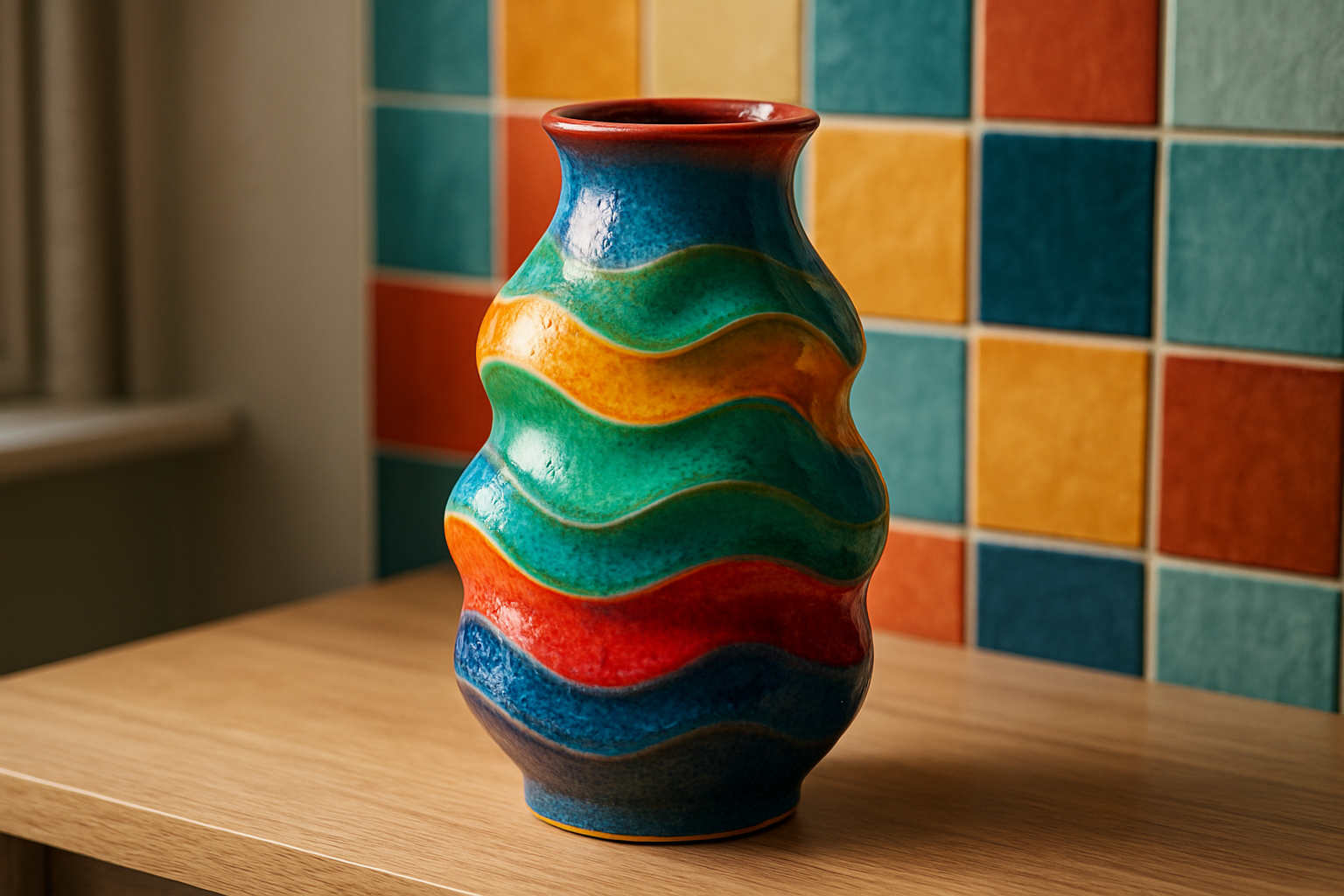Wabi-Sabi: The Art of Imperfect Beauty in Home Design
In a world obsessed with perfection, a quiet revolution is taking place in home interiors. Wabi-sabi, an ancient Japanese philosophy celebrating imperfection and transience, is making waves in modern design circles. This aesthetic, rooted in simplicity and naturalness, offers a refreshing antidote to the polished, mass-produced interiors that have dominated recent years. As homeowners seek more authentic, lived-in spaces, wabi-sabi provides a framework for creating environments that are both serene and deeply personal.

The philosophy originated in 16th century Japan as a reaction against the prevailing aesthetic of ornate, perfect, and costly objects. It values simplicity, humility, and the acceptance of natural processes. In today’s fast-paced, digitally-driven world, wabi-sabi offers a much-needed respite, encouraging us to slow down and appreciate the subtle beauty in our everyday surroundings.
Incorporating Wabi-Sabi in Modern Homes
Bringing wabi-sabi into your home doesn’t mean creating a traditional Japanese interior. Rather, it’s about adopting a mindset that appreciates the beauty in imperfection and simplicity. Start by decluttering your space, keeping only items that truly bring joy or serve a purpose. Embrace natural materials like wood, stone, and clay, preferring those with visible grains, knots, or irregularities.
Seek out handmade items that bear the mark of their creator. This could be pottery with slight asymmetries, hand-woven textiles with subtle variations, or furniture made from reclaimed wood. These pieces not only add character to your space but also create a deeper connection to the objects we live with.
Color palettes in wabi-sabi interiors tend to be muted and earthy, drawing inspiration from nature. Think soft greens, warm browns, and gentle grays. Avoid perfectly matched sets or overly coordinated looks. Instead, curate a collection of items that have personal meaning or tell a story, allowing them to evolve naturally over time.
The Role of Nature and Seasons
A key aspect of wabi-sabi is its deep connection to nature and the changing seasons. In home design, this translates to creating spaces that reflect the natural world and its cycles. Large windows that frame views of nature, indoor plants that change with the seasons, and natural light that shifts throughout the day all contribute to this sense of connection.
Consider arranging seasonal displays that celebrate the current moment. This could be a vase of wildflowers in spring, a bowl of fresh fruit in summer, colorful leaves in autumn, or bare branches in winter. These simple touches keep your home in harmony with the world outside and remind us of the beauty in impermanence.
Embracing Patina and Wear
In a wabi-sabi home, signs of age and wear are not flaws to be hidden, but badges of honor to be celebrated. This doesn’t mean living in a dilapidated space, but rather appreciating the character that comes with use and time. A well-worn wooden table, a cracked ceramic bowl carefully mended, or a faded but beloved rug all contribute to the lived-in, soulful quality of a wabi-sabi interior.
This approach extends to maintenance as well. Instead of constantly striving to keep everything looking new, allow materials to age gracefully. For example, let copper develop a natural patina, or allow wooden floors to show the marks of daily life. This not only creates a more relaxed living environment but also reduces the need for constant upkeep and replacement, aligning with principles of sustainability.
The Therapeutic Benefits of Wabi-Sabi Interiors
Beyond its aesthetic appeal, wabi-sabi design can have profound effects on our well-being. In a culture that often equates happiness with perfection and material possessions, wabi-sabi offers a more grounded, sustainable approach to contentment. By surrounding ourselves with objects that have history and character, we create spaces that feel authentic and nurturing.
The emphasis on simplicity and natural materials can also help reduce stress and promote mindfulness. A wabi-sabi interior encourages us to slow down, notice details, and appreciate the present moment. This can be particularly beneficial in our increasingly digital world, providing a much-needed counterbalance to the constant stimulation of screens and technology.
Wabi-Sabi in a Global Context
While rooted in Japanese philosophy, wabi-sabi resonates with design movements around the world. It shares common ground with Scandinavian design in its appreciation for simplicity and natural materials. It aligns with the slow living movement in its emphasis on mindfulness and connection. And it complements eco-conscious design trends by encouraging the use of sustainable, long-lasting materials.
As our global culture grapples with issues of overconsumption and environmental sustainability, wabi-sabi offers a timely alternative. It encourages us to buy less but choose well, to repair rather than replace, and to find beauty in what we already have. In this way, it’s not just an aesthetic choice, but a philosophical approach to living that can guide us towards more sustainable, meaningful interiors.
In conclusion, wabi-sabi represents a significant shift in how we approach home design. By embracing imperfection, celebrating natural processes, and finding beauty in simplicity, we can create spaces that are not only visually appealing but also deeply nurturing and sustainable. As we navigate an increasingly complex world, the principles of wabi-sabi offer a pathway to create homes that are true sanctuaries, reflecting our values and supporting our well-being.





